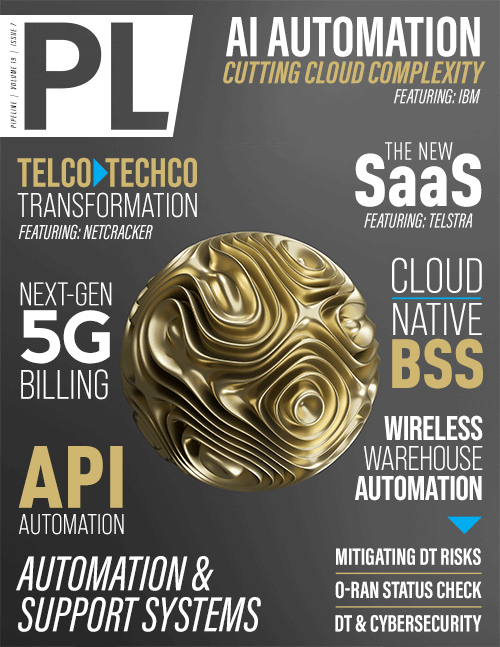Unlocking 5G Monetization with
Next-Generation Billing
By: James Messer

Fifth-generation mobile broadband technology, commonly known as 5G, creates new business opportunities for communication service providers (CSPs) and cloud service providers. 5G technology improves the quality and capacity for voice communications and expands wireless data capabilities. The wireless broadband infrastructure can now handle large quantities of near real-time data, enabling new service models.
With 5G, service providers are also adopting new fee and billing strategies that provide more potential for revenue and greater scalability. The old approach of charging by the minute or for bits and bytes crossing the network gives way to new “intent-based” pricing. Rather than charging to connect, 5G service providers can charge for actual service consumption, including quality of service (QoS) defined by service level agreements (SLAs). 5G will make it possible to charge for premium access, delivering wireless broadband service by the network slice.
Edge computing and network slicing
New technologies have changed how CSPs deliver mobile broadband services. The 5G ecosystem relies on edge computing and network slicing to increase capacity and reduce latency. As a result, 5G infrastructure enables new types of broadband services, requiring more partnerships to deliver those services.
Edge computing is a distributed computing strategy that reduces the load on the 5G broadband infrastructure by handling data processing at the network’s edge. Edge computing helps increase throughput and reduce network latency, adding customer value.
The traditional data processing model centralizes storage at the data center (or in the cloud) and then pushes the data processing to endpoints. With edge computing, data processing is distributed. Data is delivered by wireless connection to local CSPs, who then manage data processing at the network's edge before delivery to customers. Edge computing gives users faster, more reliable service and saves bandwidth, given that data is transmitted over a shorter distance. It also presents new business opportunities for CSPs to manage multi-access edge computing (MEC) services.
Network slicing is another innovation that is part of 5G wireless broadband. A wireless 5G link can be transformed into multiple virtual data links using slicing. Each logical network connection is self-contained and managed independently, with each connection meeting different speed, latency, and reliability requirements. With network slicing, service providers can charge for QoS by the slice. For example, a high-bandwidth, low-latency connection to support a business-critical computing application would cost more than a lower-bandwidth connection to support machine monitoring or some lower-level function. 5G customers will pay a premium for higher QoS performance.
MEC revenue sharing
High-capacity wireless broadband allows data sharing anywhere, opening possibilities for new applications.
Services that rely on the Internet of Things (IoT) are taking full advantage of 5G. IoT systems can monitor everything from home thermostats to mission-critical robotic manufacturing. IoT data traffic can be prioritized depending on the application. For example, IoT data that reports on life-saving medical equipment can be prioritized over periodic energy usage checks. Smart cities, for example, will be powered by 5G networks that connect sensors to handle energy and water management, traffic control, smart lighting, and other aspects of the infrastructure. The ability to sense and respond in real time makes using IoT and 5G together inevitable. 5G also supports



















